DISTILLERY ROAD WAS THE HOME OF OF THE JONES ROAD DISTILLERY 2021 PHOTO DIARY
This road could be described as being in Drumcondra or Clonliff.
The Dublin Whiskey Distillery Company Jones Road Distillery also known as the D.W.D. Distillery, Jones Road, or just Jones Road Distillery, was one of the six great Irish whiskey distilleries of Dublin city visited and documented by Alfred Barnard in his seminal 1887 publication "The Whisky Distilleries of the United Kingdom".It was located on the north side of the city on the banks of the river Tolka, approximately a mile north of the city centre. The distillery was built by the Dublin Whiskey Distillery Company Ltd and the Irish whiskey produced sold around the world under the brand name D.W.D.
Construction began on 22 July 1872, under the supervision of founder John Brannick, and exactly one year later on the 22 July 1873, D.W.D.'s first mash was produced. Distillation continued up until 1941. During the intervening 70 years, D.W.D. became a renowned Irish whiskey brand and by 1941 D.W.D. was a significant and profitable enterprise with substantial maturing stocks and distilling assets. D.W.D. was broken up and the assets sold between 1941 and 1946, creating lasting controversy over the conditions under which the government of Ireland allowed the closure and liquidation to happen.
D.W.D. was the last of Dublin's great distilleries to be built, and along with the other five made Dublin at the end of the 19th century a global whiskey distilling powerhouse. As of 2017, of the six great Dublin distilleries profiled by Alfred Barnard, the D.W.D. distillery buildings, and those of Jameson located in Smithfield Dublin, are the only ones which remain standing.
In 1891, D.W.D. merged with two other major distillers, combining the output of the Jones Road Distillery with the Marrowbone Lane Distillery of William Jameson & Co and the Thomas Street Distillery of George Roe & Co, to form Dublin Distillers Company Limited.
The amalgamated company had a combined distillation capacity of 3.5 million gallons per year. However, the three distilleries continued to operate separately and compete directly ensuring the anticipated economies of scale from the merger were never realised. The industry experienced difficulties in the 1920s, brought about the loss of both the American and British Commonwealth export markets during prohibition and the Anglo-Irish trade war. Both William Jameson & Co and George Roe & Co would eventually close in 1923 with their respective production transferred to the D.W.D. distillery.
As the most modern of the three plants, the Jones Road plant was likely retained as a working entity. Despite the long-term commercial opportunities which these holdings presented, D.W.D. management instead made the decision to voluntarily liquidate D.W.D., and sold off all the distillery's assets for significant financial gain during the war years. The last asset to be liquidated was the Jones Road distillery site itself which sold at auction on 10 October 1946.
The voluntary closure and break up of D.W.D. was directly enabled by the Irish Government, which issued D.W.D. with the only export licence granted to any Irish distillery during the Second World War. Export licences had been imposed by the Irish State on the Irish whiskey industry under the Emergency Powers (Export of Whiskey) Order, 1941. Apart from D.W.D., no export licences were ever issued and as a consequence the Irish government shut down large-scale Irish whiskey distillery production for the duration of the war. Why an exception was made for D.W.D. contrary to government policy of the day remains unexplained. Without the export licence, however, D.W.D. could not have been dismantled. D.W.D.'s size and scale was comparable to peers including Jameson and Powers, which would have ensured its continuation. In the following years, questions were asked in the Dáil [Irish Parliament] and explanations sought. The responses of government ministers were evasive. On 8 July 1953, Thomas F. O'Higgins, then member of parliament and future Chief Justice of Ireland, described the events leading to the closure of D.W.D. as "one of the greatest scandals that ever happened in this country".
The distillery's tall chimney was eventually removed, and other parts came to be used for various businesses, "such as engineering workshops and even a fitness centre during the 1990s", with a 2003 conversion turning some of the buildings into upmarket apartments, now known as Distillery Lofts. A 2012 Assessment of Special Interest Under the Planning & Development Act 2000 found the structure to be of architectural and historical significance, noting that "[t]he quality of the materials used in their construction and decorative detailing demonstrate that these buildings were cutting edge design for the specific requirements of distillery buildings", and that they remained "a significant reminder of the industrial landscape that once made up a significant element of the nineteenth century landscape adjacent to the Tolka River". As of 2017, two bottles from the Jones Road Distillery are known to remain in existence.



















-
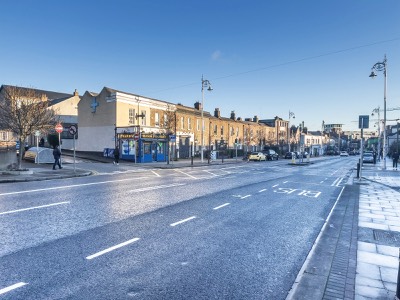
MANOR STREET
-
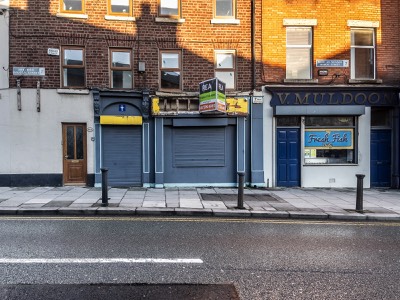
PRUSSIA STREET
-
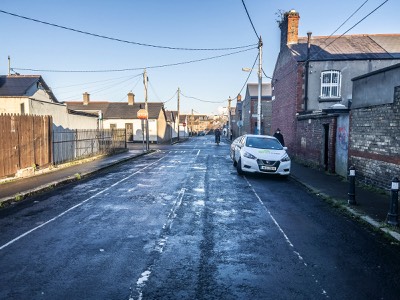
HALLIDAY ROAD
-
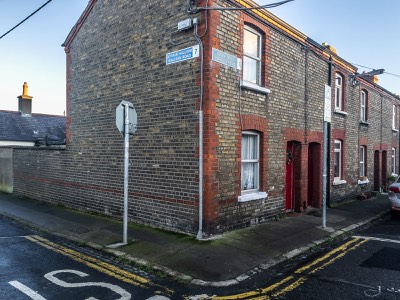
BEN EDAIR ROAD
-
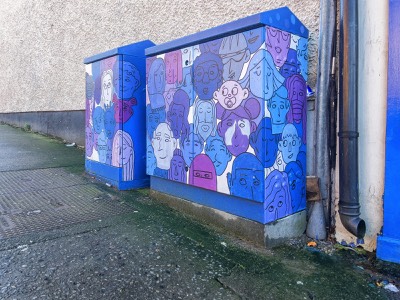
KIRWAN STREET
-
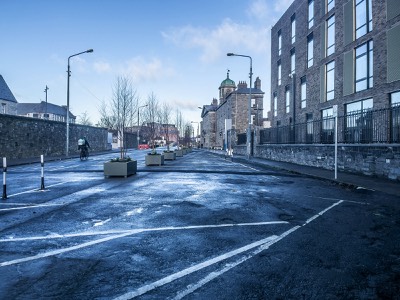
LOWER GRANGEGORMAN
-
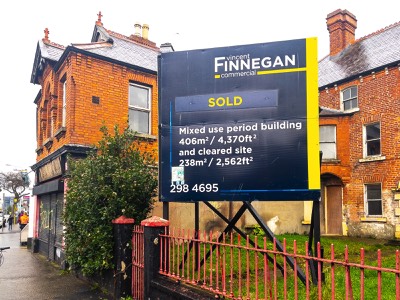
HAROLD'S CROSS ROAD
-
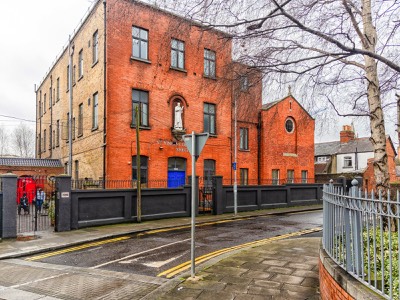
BACK LANE
-
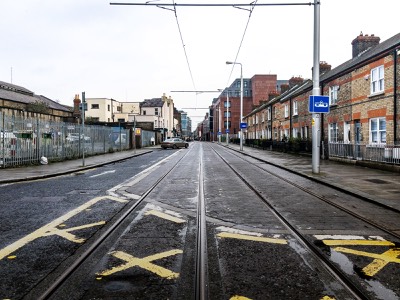
CHANCERY STREET
-
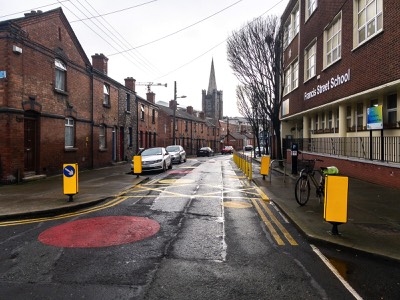
JOHN DILLON STREET
-
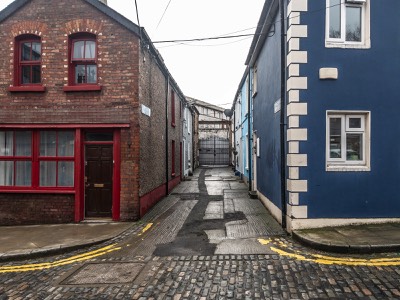
HANOVER LANE
-
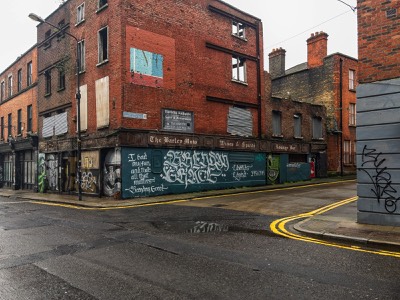
FRANCIS STRET
-
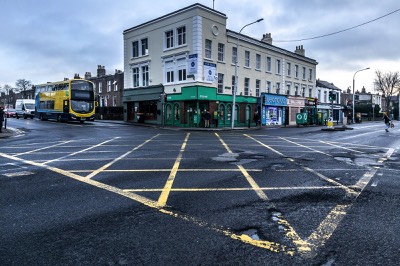
UPPER CLANBRASSIL ST
-
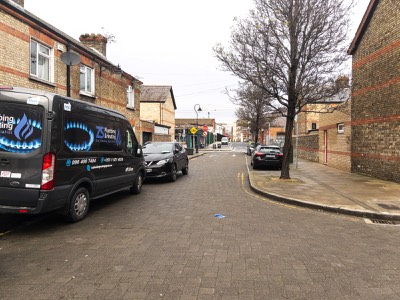
ORMOND SQUARE
-
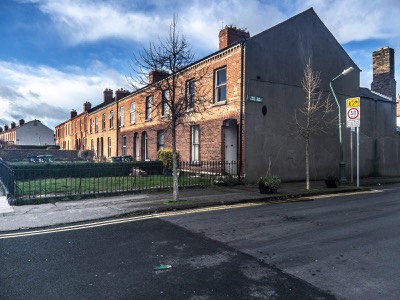
ULSTER STREET
-
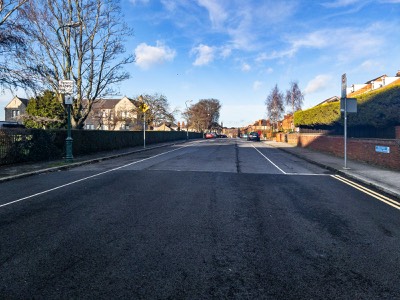
CRAWFORD AVENUE
-
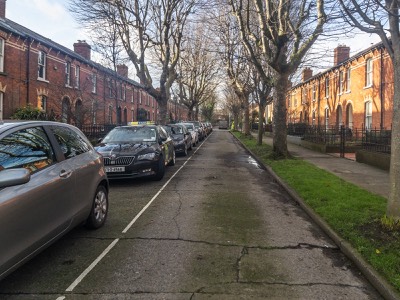
SHANDON DRIVE
-
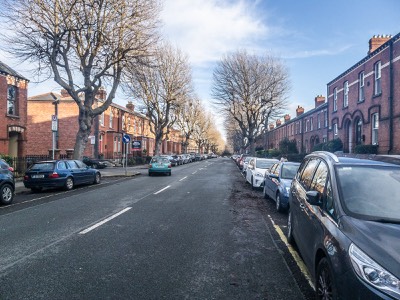
HOLLYBANK ROAD
-
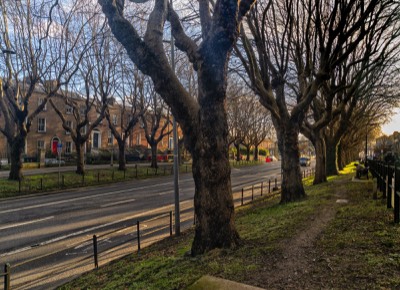
LOWER DRUMCONDRA RD
-
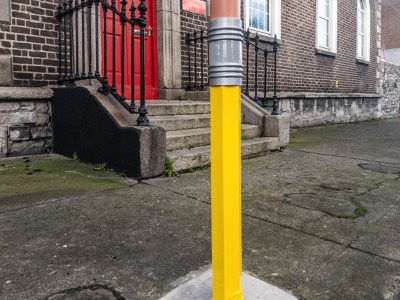
ST. MARY'S PLACE NORTH
-
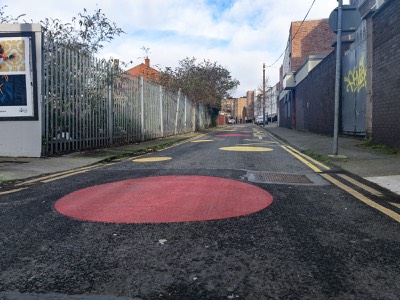
PARADISE PLACE
-
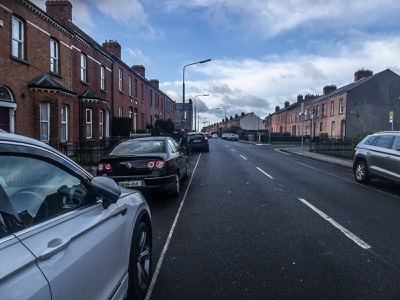
CONNAUGHT STREET
-
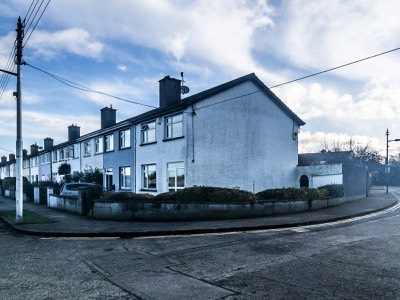
SHANDON GARDENS
-

LINDSAY ROAD
-
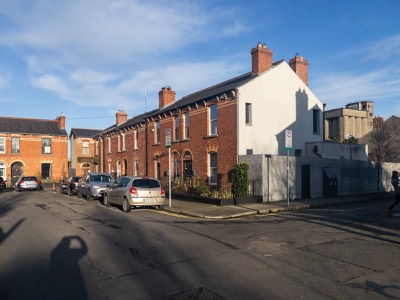
NORTH LEINSTER STREET
-
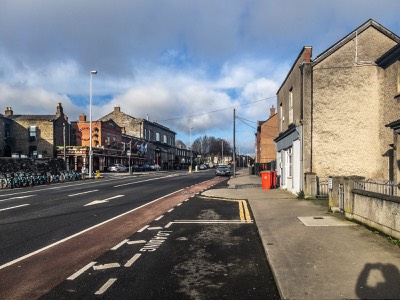
PHIBSBOROUGH ROAD
-
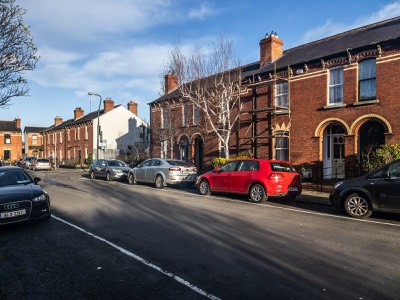
SHANDON ROAD
-
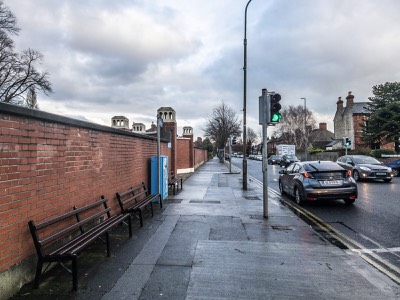
CLONLIFFE ROAD
-
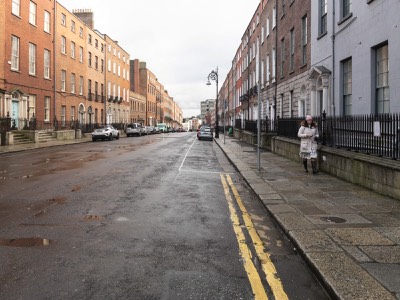
GREAT DENMARK ST.
-
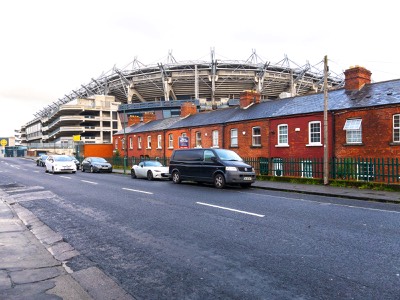
RUSSELL STREET
-
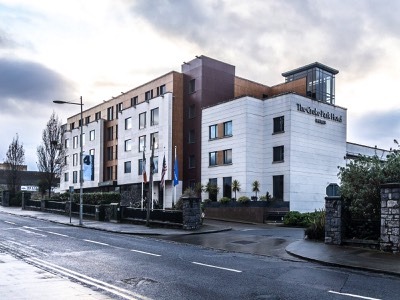
JONES'S ROAD
-
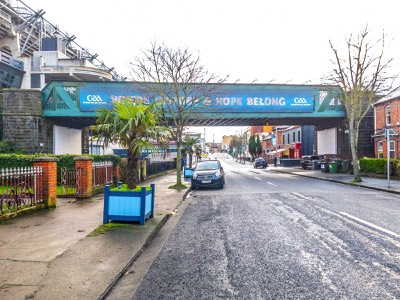
JONES'S ROAD
-

MOUNTJOY SQUARE
-
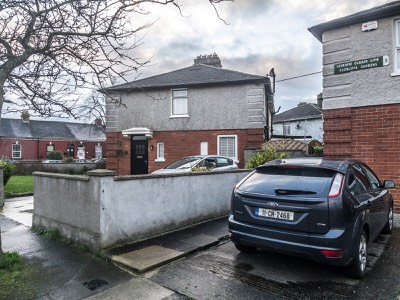
CLONLIFFE GARDENS
-
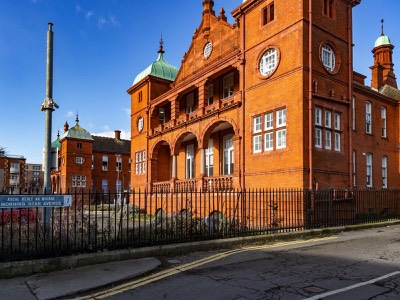
BRUNSWICK STREET
-
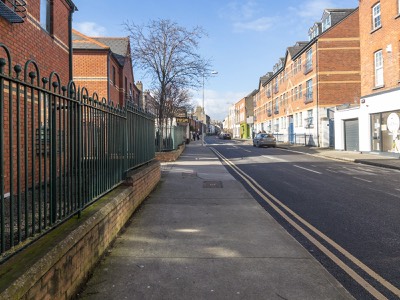
AUGHRIM STREET
-
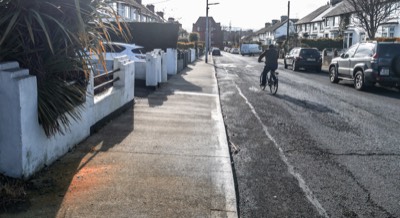
GLENBEIGH ROAD
-
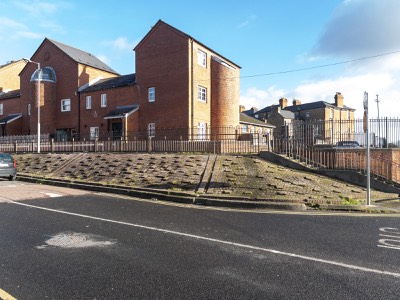
DAVID'S TERRACE
-
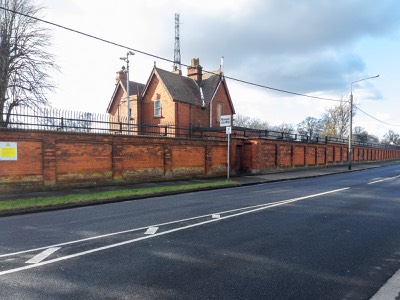
BLACKHORSE AVENUE
-
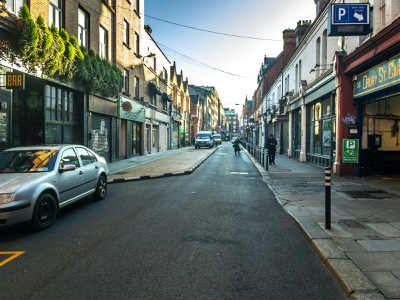
DRURY STREET
-
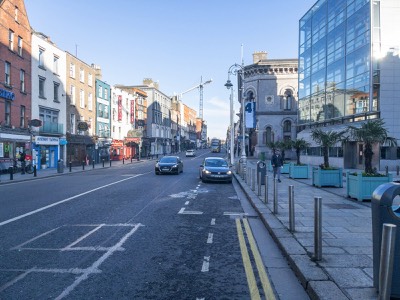
DAME STREET
-
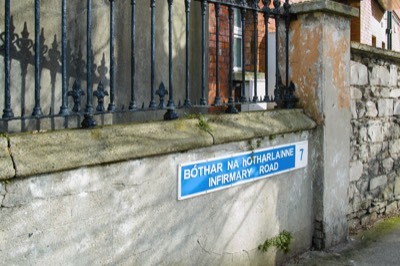
INFIRMARY ROAD
-
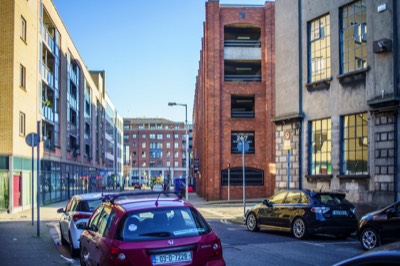
KINGS INNS STREET
-
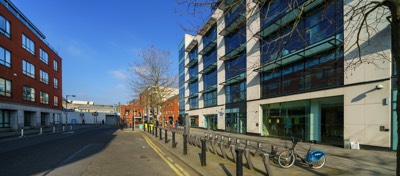
GEORGE'S LANE
-
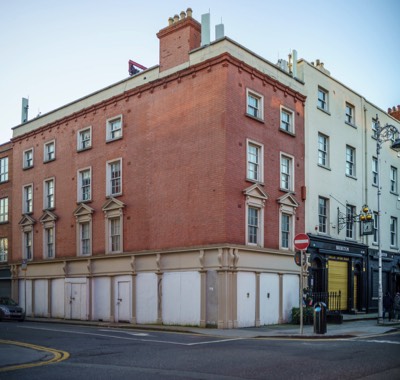
CAPEL STREET
-
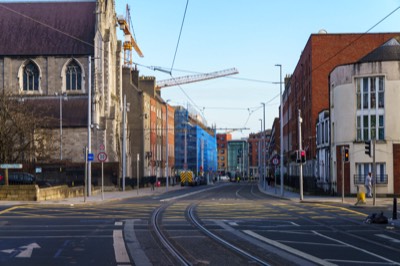
DOMINICK STREET
-
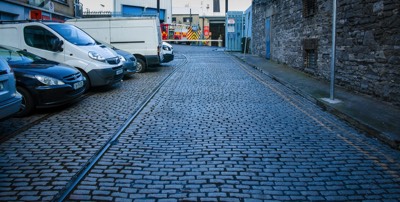
STABLE LANE
-
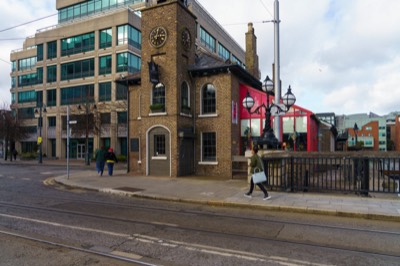
HARBOURMASTER PLACE
-
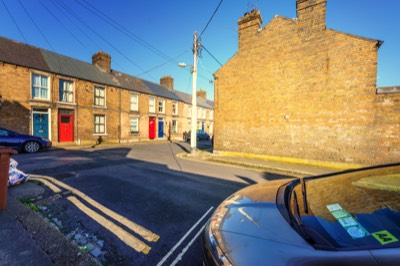
UUBURN STREET
-
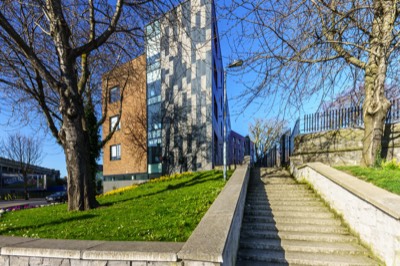
WESTERN WAY
-
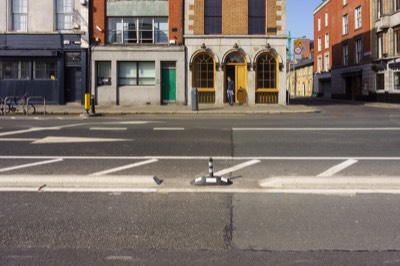
ORMOND QUAY
-
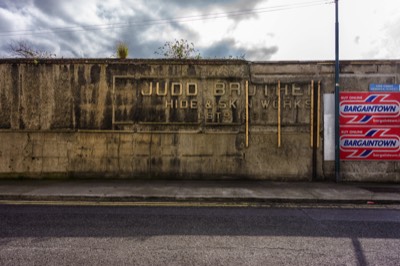
HENDRIK STREET
-
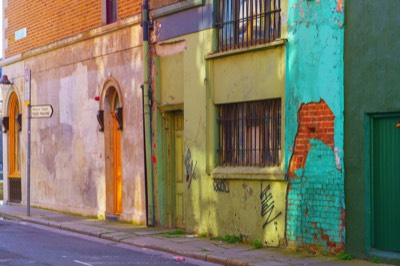
EAST ARRAN STREET
-
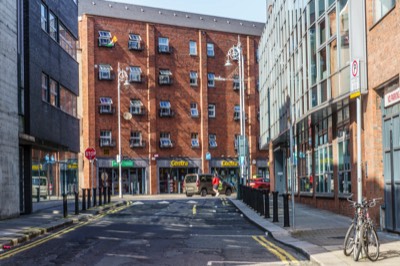
GREEN STREET
-
![AT LONG LAST [THE DOORS OF EAST PARNELL SQUARE]](
files/generatedThumb-62-3DE.jpg
)
PARNALL SQUARE EAST
-
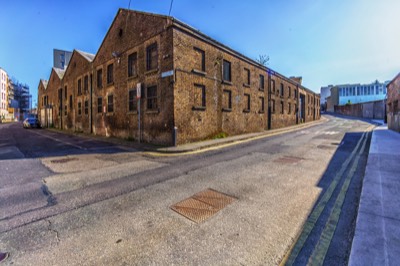
WATLING STREET
-
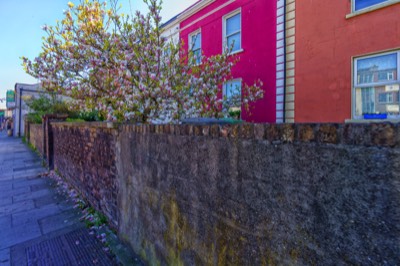
MANOR STREET
-
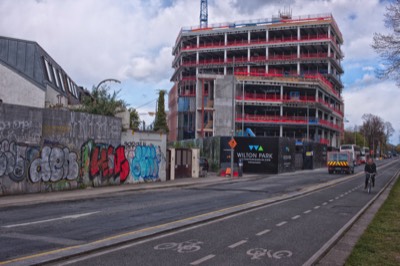
WILTON PLACE
-
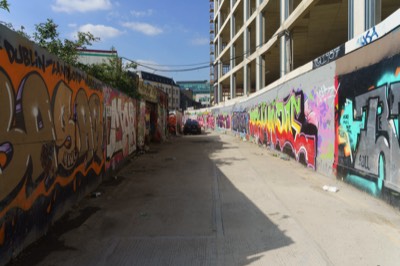
RICHMOND VILLAS
-
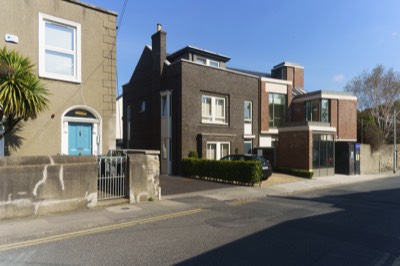
MOUNTPLEASANT AVENUE
-
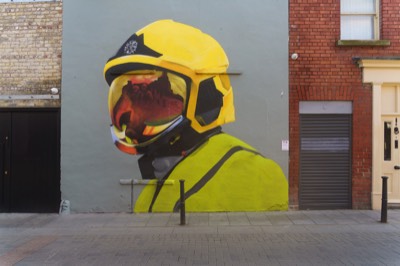
CAMDEN ROW
-
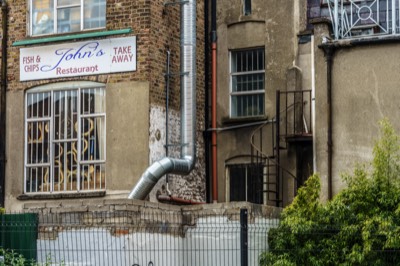
RYDER'S ROW
-
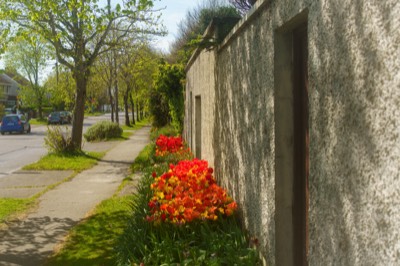
GRIFFITH AVENUE
-
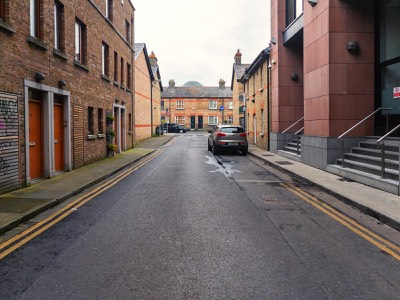
LITTLE STRAND STREET
-
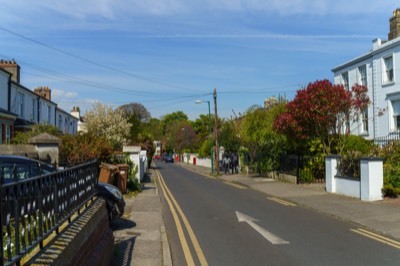
OAKLEY ROAD
-
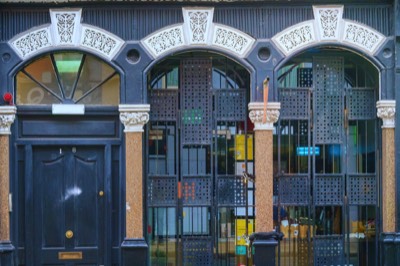
168 CAPEL STREET
-
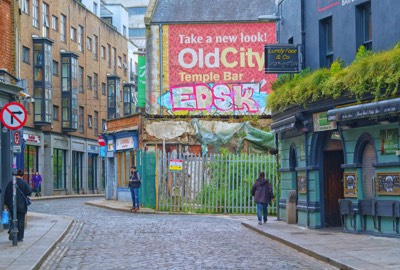
ESSEX GATE
-
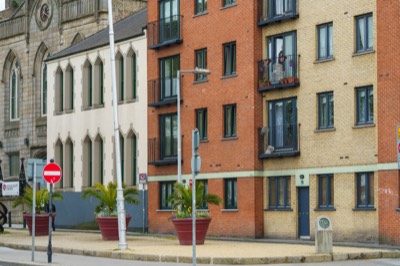
ESSEX QUAY
-
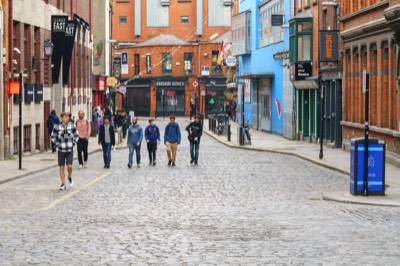
EAST ESSEX STREET
-
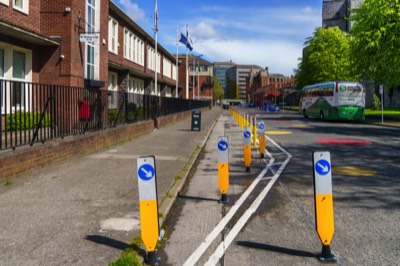
COOK STREET
-
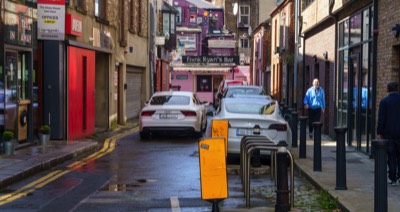
COKE LANE
-

ST COLUMBANUS ROAD
-
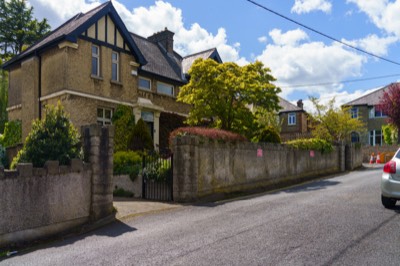
FRANKFORT PARK
-

LR BAGGOT STREET
-
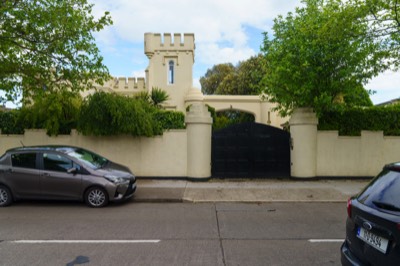
MOUNT PROSPECT AVE
-
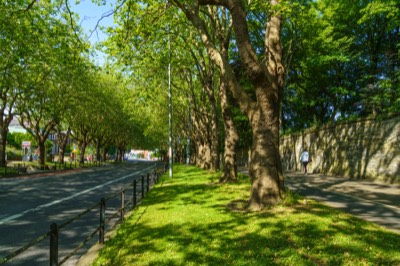
LEAFY STREET
-
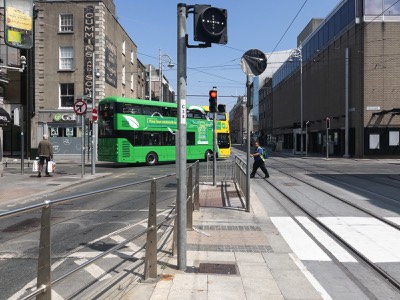
LR ABBEY STREET
Commercial DisclosurePLEASE NOTE THAT LINKS BELOW MAY REDIRECT YOU TO THE AMAZON LOCATION MOST LIKELY TO SHIP TO YOUR ADDRESS
You will find links to buy products from Amazon, Google and other partners. If you click on these links, you’ll find that the URL includes a small extra piece of text which identifies that the click came from my websites. This text is an affiliate code, and it means that I get a small percentage of the money you spend if you choose to buy that product, or, in some cases, other products from the site soon after. These affiliate links help pay the costs of producing my websites and ensure that the content is free to you.

Sony SEL90M28G FE 90mm f/2.8-22 Macro G OSS Standard-Prime Lens
THIS IS MY FAVOURITE LENS
A perfect match for α7 series, 35mm full-frame E-mount cameras, 90mm Macro with a bright F2.8 maximum aperture, Nano AR coating effectively suppress reflections, Dust and moisture resistant design Minimum Focus Distance : 0.92 ft (0.28 m), Maximum Magnification ratio : 1.0x, Focal Length : 90 mm. The angle of view is 27 degree (35 mm) and 17 degree (APS-C) Optical Steady Shot image stabilization for handheld shooting, Instant manual/auto focus selection via a sliding focus ring, Instant manual/auto focus selection via a sliding focus ring Corner to corner sharpness w/ Advanced Spherical elements, Super ED glass w/ multi‐coating reduces flare and ghosting, 9-blade circular aperture contributes to gorgeous bokeh Direct Drive SSM (DDSSM) for quiet, precise focusing; Weight: 602 g (21.3 oz)
THIS WAS MY FIRST SONY PRIME LENS
COPYRIGHT INFORMATION BELOW APPLIES ONLY TO PHOTOGRAPHS

This work by William Murphy aka Infomatique is licensed under a Creative Commons Attribution-NonCommercial-ShareAlike 4.0 International License.
Permissions beyond the scope of this license may be available at https://excellentstreetimages.com/in-the-year-twentytwenty/copyright/.






















































![AT LONG LAST [THE DOORS OF EAST PARNELL SQUARE]](files/imgFull-62-3DE.jpg)






















